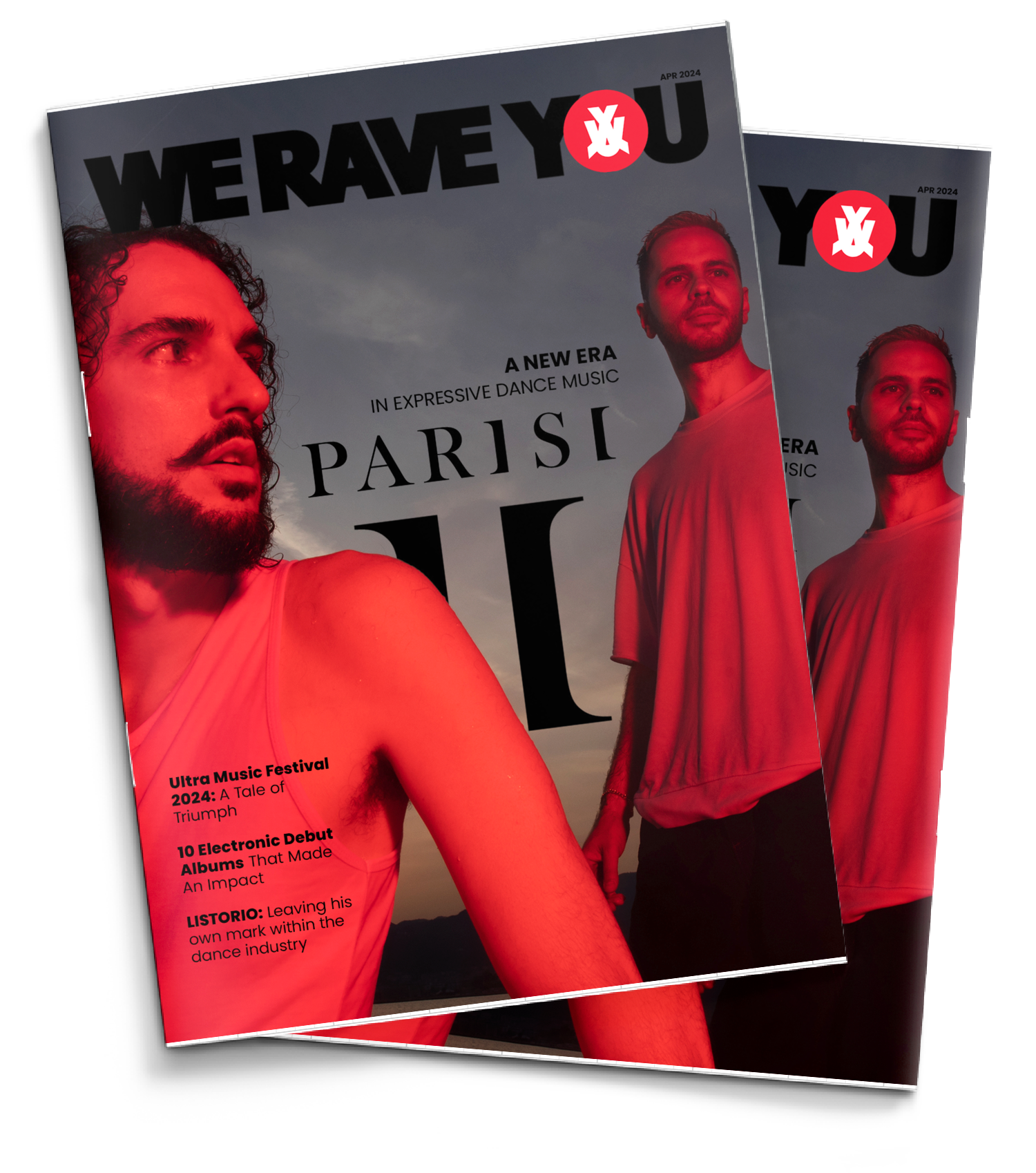

Language Barriers in the Global Music Industry: Overcoming Challenges
I. Introduction
The global music industry has experienced tremendous growth in recent years, with artists and producers from all over the world coming together to create chart-topping hits. However, language barriers often pose significant challenges in this era of global collaboration. The inability to effectively communicate in a shared language can hinder collaboration, limit opportunities, and restrict audience engagement.
In this article, we will delve into the impact of language barriers in the global music industry and explore strategies that can be employed to overcome these challenges. Through case studies of successful cross-cultural music collaborations, we will highlight the power of breaking language barriers and embracing cultural diversity.
By doing so, we hope to shed light on the importance of overcoming language barriers and the immense potential that lies in fostering global music collaborations.
II. Understanding the Impact of Language Barriers
Language barriers have long been recognized as a significant challenge in various industries, and the music industry is no exception. In this section, we will explore the profound impact that language barriers can have on the music industry, from hindering global collaboration to limiting artists’ reach and audience engagement.
1.1 Language Barriers as a Hindrance to Global Music Collaboration
The music industry thrives on collaboration, with artists and producers often coming together from different parts of the world to create something unique. However, when language becomes a barrier, this collaborative process can become arduous and challenging.
Communication, which is the backbone of any successful collaboration, can be compromised when language barriers exist. The ability to effectively convey ideas, emotions, and artistic vision may suffer, stifling creativity and hindering the organic flow of collaboration. That’s where English tutors can play a crucial role, helping artists overcome language barriers and ensuring smooth and productive communication throughout the creative process.
1.2 Missed Opportunities for Artists and Producers
Language barriers not only hinder collaboration but also lead to missed opportunities for artists and producers. In an increasingly interconnected world, breaking into international markets is essential for musicians looking to expand their fan base and career opportunities.
However, when language becomes an obstacle, artists may struggle to communicate with potential collaborators, industry professionals, or even fans from different linguistic backgrounds. This lack of communication can prevent artists from seizing opportunities such as international collaborations, record deals, or performances at prestigious global events.
1.3 Limited Reach and Audience Engagement
Language barriers can also limit an artist’s reach and engagement with their audience. Music is a universal language that has the power to transcend cultural boundaries, but when lyrics and messages are not accessible to a wider audience due to language differences, the impact of the music may be diminished.
Furthermore, language barriers can hinder effective promotion and marketing strategies. Artists may struggle to connect with fans through social media, interviews, or press releases if they are unable to effectively communicate in their fans’ language. As a result, artists may miss out on building a dedicated fan base and connecting with their audience on a deeper level.
However, there are strategies that can be employed to overcome these barriers and unlock the full potential of global music collaboration, as we will explore in the next section.
III. Strategies for Overcoming Language Barriers
Language barriers can pose significant obstacles in the global music industry, but with the right strategies, these challenges can be overcome. In this section, we will explore several effective approaches that artists, producers, and industry professionals can employ to break down language barriers and foster successful collaborations.
A. Translation and Interpretation Services
One of the most straightforward ways to overcome language barriers is through the use of professional translation, online tutors, testing your English level and interpretation services. These services can help bridge the communication gap between artists who speak different languages, ensuring that ideas, lyrics, and creative concepts are accurately conveyed.
In the music industry, translation services are crucial for accurately translating lyrics from one language to another. This enables artists to connect with audiences around the world, regardless of their native language. Additionally, interpretation services can be invaluable during collaborative sessions, allowing artists to effectively communicate their ideas and visions to their counterparts.
B. Collaborative Songwriting and Production
Collaboration lies at the heart of the music industry, and it can be a powerful tool for overcoming language barriers. When artists from different linguistic backgrounds come together to create music, their unique perspectives and experiences can enrich the creative process.
During collaborative songwriting and production sessions, it is essential to create an inclusive and supportive environment where language barriers are acknowledged and addressed. Artists can encourage open communication and strive to understand each other’s cultural nuances, allowing for a more seamless and fruitful collaboration. By embracing diversity, artists can create music that transcends borders and resonates with audiences worldwide.
C. Embracing Multilingualism and Cultural Diversity
Embracing multilingualism and cultural diversity within the music industry is a proactive approach to overcoming language barriers. By recognizing and celebrating the richness of different languages and cultures, artists can create music that reflects the global audience’s diverse tastes and preferences.
Artists can incorporate multiple languages into their songs, creating a fusion of linguistic styles that appeals to a broader audience. This approach not only breaks down language barriers but also showcases the beauty of cultural diversity. By embracing multilingualism, artists can create music that transcends linguistic boundaries, resonating with listeners from various backgrounds.
Furthermore, music industry professionals can actively seek out artists from different linguistic and cultural backgrounds, ensuring a more inclusive and diverse representation within the industry. By embracing multiculturalism, the music industry can tap into new talent pools and unlock fresh creative possibilities.
Through the utilization of translation and interpretation services, collaborative songwriting and production, and the embrace of multilingualism and cultural diversity, artists and industry professionals can break down barriers, foster meaningful collaborations, and reach a wider audience. By embracing these strategies, the global music industry can truly become a melting pot of creativity, connecting artists and audiences across languages and cultures.
IV. Case Studies: Successful Cross-Cultural Music Collaborations
In a world that is increasingly connected, the global music industry has witnessed a surge in cross-cultural collaborations. These collaborations have not only broken language barriers but have also paved the way for a new era of creativity and innovation. In this section, we will explore three case studies that highlight the power of successful cross-cultural music collaborations.
A. BTS: Breaking Language Barriers and Dominating the Global Music Scene
BTS, a South Korean boy band, has taken the world by storm with their infectious music and captivating performances. Despite primarily singing in Korean, BTS has managed to captivate international audiences and dominate the global music scene. Their success can be attributed to their ability to break language barriers through their music.
BTS has been praised for providing translated versions of their songs, allowing fans from different countries to connect with their music on a deeper level. Moreover, their lyrics often tackle universal themes such as love, youth, and self-empowerment, resonating with listeners regardless of their native language.
The group’s global success has opened doors for other K-pop artists, proving that language barriers are not insurmountable obstacles in the music industry. BTS has become a beacon of hope for aspiring artists who dream of reaching a global audience while staying true to their cultural roots.
B. Despacito: The Power of a Multilingual Hit
Released in 2017, “Despacito” by Luis Fonsi and Daddy Yankee became an international sensation, breaking records and topping charts worldwide. The success of this Latin-pop hit demonstrated the power of a multilingual song in transcending language barriers.
“Despacito” showcased the seamless fusion of Latin and Caribbean rhythms, capturing the attention of listeners across the globe. The catchy melody and infectious energy of the song became a universal language, allowing people from different cultures to connect and celebrate the joy of music together.
This collaboration not only propelled Latin music to new heights but also encouraged other artists to embrace multilingualism in their work. “Despacito” served as a reminder that music has the unique ability to bring people together, regardless of the languages they speak.
C. Shakira: Bridging Cultures through Music
Shakira is a Colombian singer-songwriter who has successfully bridged cultures and languages throughout her career. With a unique blend of pop, rock, and Latin influences, Shakira’s music has captivated audiences around the world.
One of her most notable cross-cultural collaborations was with Wyclef Jean on the hit song “Hips Don’t Lie.” The song seamlessly combined English and Spanish lyrics, showcasing the power of cultural fusion. This collaboration not only topped charts globally but also became a symbol of unity and celebration of diversity.
Shakira’s ability to effortlessly switch between languages in her music has allowed her to connect with a broad and diverse fan base. She has proven that language should never be a barrier when it comes to creating music that resonates with people from different cultures.
These case studies demonstrate the immense potential of cross-cultural music collaborations in overcoming language barriers. Through the power of music, artists have been able to reach audiences around the world, creating a sense of unity and shared experience. As we move forward in the global music industry, it is crucial to embrace and celebrate the rich diversity of languages and cultures, opening doors to even more collaborative opportunities.
V. Conclusion
In conclusion, language barriers pose significant challenges to the global music industry. They hinder collaboration, limit opportunities for artists and producers, and restrict reach and audience engagement. However, with the right strategies, these barriers can be overcome, leading to successful cross-cultural music collaborations.
Translation and interpretation services play a crucial role in bridging the gap between artists who speak different languages. By ensuring effective communication, these services enable musicians from around the world to collaborate seamlessly, bringing diverse perspectives and talents together.
Collaborative songwriting and production also offer a solution to language barriers. When artists combine their skills and creativity, language becomes less of an obstacle. Through the universal language of music, artists can create impactful and meaningful songs that transcend linguistic boundaries.
In a world that is increasingly interconnected, the global music industry must continue to find innovative ways to overcome language barriers. By embracing diversity, leveraging translation services, and fostering collaborative environments, musicians can unlock new opportunities and reach new heights of success.
Ultimately, language should not serve as a barrier to artistic expression and global music collaboration. Through proactive efforts and a commitment to inclusivity, the global music industry can create a more vibrant, diverse, and unified musical landscape for artists and listeners alike.


- PARISI cover Interview
- Ultra Music Festival 2024: A Tale of Triumph
